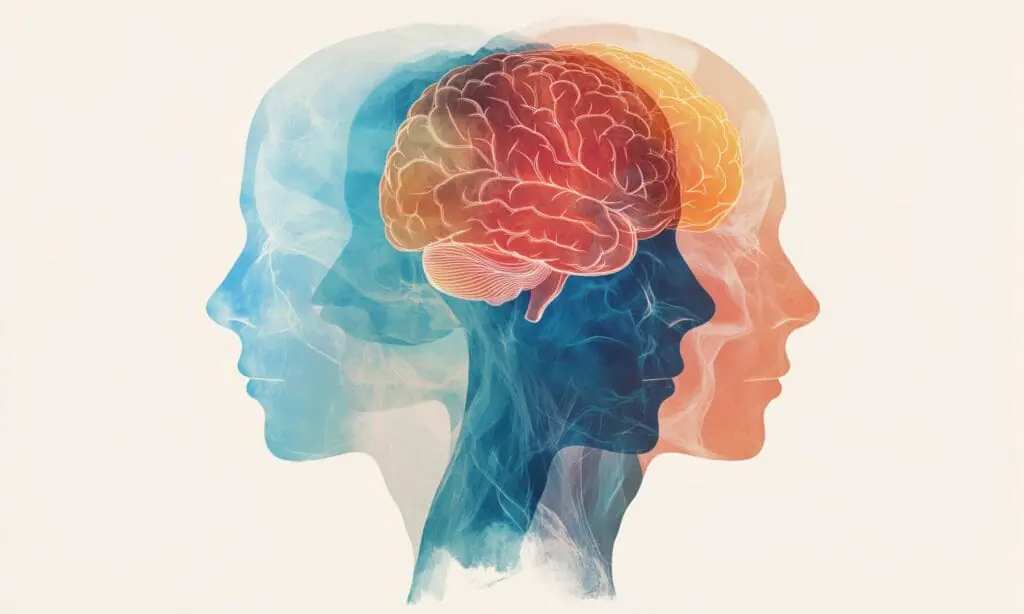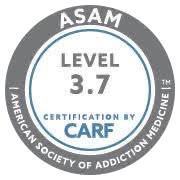Every real recovery story starts with a body that’s finally free of lingering toxins. Before therapy can stick or coping skills can work, alcohol, opioids, or other drugs have to leave the system, and doing that at home can turn uncomfortable symptoms into medical emergencies.
San Diego Detox was built to make this crucial first step feel less like a crisis and more like a fresh start. Guests settle into private, resort-style suites while physicians and nurses watch vitals around the clock, adjust medications, and ease cravings.
Holistic touches, such as chef-prepared meals, yoga classes, and tranquil outdoor spaces, help the mind unwind while the body rejuvenates. With medical care and comforts under one roof, the center turns a risky do-it-yourself detox into a safe launchpad for long-term recovery.
Step 1: Pre-Admission & Arrival
The path to detox often begins with a phone that feels too heavy to dial, so the admissions team keeps the first call simple. They’ll ask basic questions, such as the substances used, the last dose, and current medications, and can approve same-day admission once a nurse reviews the answers.
Next comes the quick Verify Benefits form: snap a photo of your insurance card, upload it, and get a clear coverage breakdown in about an hour. If you’re flying in, a discreet driver can meet you curbside at San Diego International and bring you straight to the campus.
Upon arrival, you’ll bypass crowded lobbies and proceed directly to a private intake room, where vital signs, labs, and a gentle orientation set the tone for the days ahead. By the time your bags are unpacked, a personalized detox roadmap will already be in place, allowing you to focus on rest while the team handles logistics.
Insurance Verification Made Easy
No need to dig through paperwork for hours. When you call San Diego Detox, have a couple of things handy: your insurance policy number, and (if possible) a quick smartphone snapshot of the front and back of your insurance card.
Because the team is staffed 24/7, coverage questions never stall admission, and you’ll know right away what detox and residential services your plan will fund. That clarity lets you focus on packing instead of paperwork.
Step 2: Medical Assessment
Upon arrival at San Diego Detox, a nurse will take your vital signs, including blood pressure, temperature, and oxygen levels, to establish a clear baseline.
Next, a brief lab panel screens electrolytes, liver enzymes, and infection markers, while an ECG checks heart rhythm if you’ve used stimulants or alcohol heavily. A licensed medical provider then walks through your substance-use history, noting what you took, how much, and when your last dose was.
Because detox is also emotional, a staff psychiatrist conducts a psych evaluation the same day, assessing mood, anxiety, trauma history, and suicide risk. Together, these data points shape your personalized detox roadmap: which medications you’ll receive, how slowly a benzo taper should proceed, whether MAT is appropriate, and which holistic therapies like yoga for anxiety or nutrition shakes for malnourishment will be added.
By day’s end, everyone from the doctors to the kitchen crew has read your care plan and synced up, so every shift meets the exact medical and emotional needs discovered during your assessment.
Step 3: Managing Withdrawal Safely
Once the assessment is complete, the round-the-clock work of detox truly begins.
Any spike in anxiety, tremor intensity, or heart rate prompts an immediate page to the on-site physician, who adjusts medications on a symptom-triggered schedule rather than a rigid clock. That flexibility keeps you comfortable without over-sedation.
Medication-Assisted Treatment (MAT) comes into play when it can shorten discomfort or lower relapse risk. Buprenorphine eases opioid agony; acamprosate steadies alcohol-sensitive brain chemistry; gabapentin calms benzo shivers. Comfort medications, anti-nausea tablets, muscle relaxers, and sleep aids round out the toolbox, and IV fluids replace lost electrolytes.
Communication is constant: nurses brief physicians at every shift change, and the psychiatrist checks in daily to review mood, cravings, and any suicidal thoughts. If vitals trend downward smoothly over 24 hours, the team begins tapering rescue medications while incorporating light holistic activities, such as breathwork and gentle stretching, to maintain circulation and reduce cortisol levels.
By combining continuous monitoring with responsive dosing, San Diego Detox turns withdrawal from a white-knuckle ordeal into a medically guided transition toward clear thinking and restful sleep.
Medication-Assisted & Symptom-Triggered Care
Buprenorphine: Starts within 12 hours of the last short-acting opioid dose to cut pain, chills, and diarrhea without creating a new high.
Benzodiazepine protocol: Doses rise or fall based on a six-point symptom scale; the goal is steady hands, not sedation.
Comfort stack: Clonidine for blood pressure spikes, ondansetron for nausea, hydroxyzine for itching or mild anxiety, melatonin for insomnia.
Daily reviews: Physicians sign off on every change, ensuring yesterday’s relief doesn’t become today’s side effect.
This blend of MAT and symptom-triggered care meets the body where it is, hour by hour, helping you stay relaxed, hydrated, and motivated to move into the next phase of treatment.
Step 4: Comfort Measures and Daily Support
After medical stabilization, the focus shifts to helping your body and mind recover from the stress of withdrawal. At San Diego Detox, comfort is part of the daily routine—not an add-on. You might start the day with light yoga to reduce tension or join a mindfulness group to learn practical techniques for managing anxiety or cravings.
Meals are prepared by in-house chefs and built around nutrition that supports brain function, including lean proteins, complex carbs, and vegetables high in magnesium. Staff check in regularly to track hydration, blood pressure, and energy levels.
Evenings are kept low-key, with options like light stretching or quiet activities to help you wind down and sleep more easily. The goal is to help you maintain low stress levels while supporting your body’s natural recovery process.
Step 5: Typical Detox Timeline
Day 1: Arrival, medical assessment, first doses of symptom-triggered or MAT medications; many clients nap between vitals checks.
Day 2–3: Withdrawal often peaks—alcohol tremors, opioid chills, or benzo anxiety crest—while nurses adjust meds every few hours. Light yoga and bland-but-nutritious meals help maintain energy levels.
Days 4–5: Symptoms retreat for most substances; hydration improves, appetite returns, and people begin sleeping through the night.
Day 6–7: Many report the first “clear-headed morning,” though fatigue or mood swings may linger, especially for stimulants or long-acting opioids. Case managers start planning residential or PHP step-down care.
Individual factors, such as age, overall health, and whether you’ve mixed substances, can stretch or shorten this timeline. With round-the-clock monitoring and responsive dosing, most guests at San Diego Detox move from acute detox to early recovery within one week, already feeling sharper and more hopeful about the work ahead.
Step 6: Transition to Residential & Beyond
Once your vitals are steady, a nurse walks you, no vans, no waiting rooms, down the same hallway to a private residential suite stocked with hotel-soft linens and views of the foothills.
Here, therapy shifts from crisis control to skill building, featuring: daily CBT and DBT groups, mindfulness sessions, and nutrition workshops that help restore normal sleep and appetite.
Behind the scenes, your case manager has already penciled in the next chapter, coordinating step-downs to trusted PHP or IOP partners near your home and enrolling you in the center’s alumni network for weekly check-ins and sober-living referrals.
By the time you pack to leave, you’ll have a detailed calendar of follow-up appointments, peer-support meetings, and emergency contacts, proof that the safety net stretches well past the campus gates.
Preparing for Admission
Packing light keeps the arrival smooth. Bring: one week’s worth of comfortable clothes, workout gear for yoga, slip-on shoes, and travel-size toiletries (excluding those with alcohol in the ingredients). Add a printed medication list with the prescription name, dose, and doctor’s contact information, plus any unopened, labeled medications you’re currently taking.
Pack a journal and a favorite paperback; leave valuables and large electronics at home.
Confidentiality is woven into every step: HIPAA-compliant records, first-name-only badges, and private entry points ensure no one outside your circle knows you’re in treatment unless you choose to share.
With the logistics handled, you can step onto campus ready to begin your healing journey. Contact us today to start your recovery journey.







